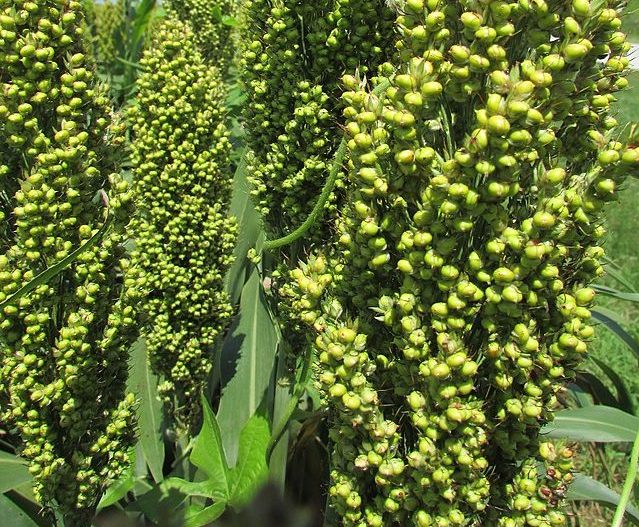The grain harvest in South Dakota is almost over, with sorghum 90% complete according to USDA data of November 20, 2023.
The crop, which many farmers have already rated ‘good’ is behind by 9% the harvested volume of November, 2022. The delay owed to high moisture levels during spring sowing, though farmers still planted their crop between June 1 and September 30.
At the twilight of the state’s grain harvesting period, the corn crop is 96% done while sunflower is 89% complete. USDA cites that topsoil moisture levels, which determine the quality of dry grains is 73% or between “adequate and surplus.”
South Dakota is an essential sorghum source as it lies in the main production area of the United States. The U.S.’ sorghum belt extends between South Dakota and the southern border of Texas, thriving on dry terrain.
Most of the sorghum in production in South Dakota goes into export. The rest becomes pasture feed such as grain pellets while a marginal amount serves as human food.
In 2017 and 2018, the United States ranked as the biggest producer and exporter of sorghum. American production accounted for 20% of global production while the country’s exports represented 80% of the world’s total shipments.
Sorghum in the United States has suffered lesser acreage since 2022 following a drought but in 2023 production has improved. South Dakota is the fifth biggest sorghum producer in the United States with over 200,000 acres, yielding 80 bushels per acre. With 2.65 million acres, Kansas is the leading sorghum-producing state, with Texas and Colorado coming next.
In comparative terms, corn is the number one grain crop in South Dakota, with over 4 million acres yearly. In terms of inter-state rankings, corn is sixth to sorghum’s fifth.
Despite being a prominent export, this grain is not popular in the United States. The majority of Americans without agricultural links hardly know about sorghum, because it is not a common food crop.
However, it is becoming popular courtesy of its non-gluten composition. Since 2018, people with celiac ailments or gluten intolerance have been seeking grain sorghum for supplements in grocery stores.
Discoveries on its health benefits also extend to the animal feed niche. Studies on livestock feed suggest that sorghum’s high energy and low gluten levels make it a perfect replacement for corn.
Thus, as South Dakota completes the 2023 harvest of this important export grain, it will be counting health benefits, too.
